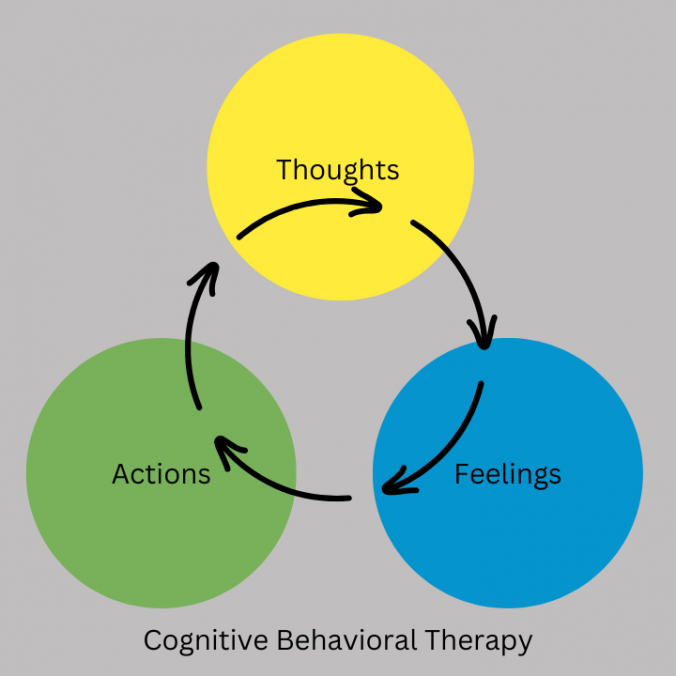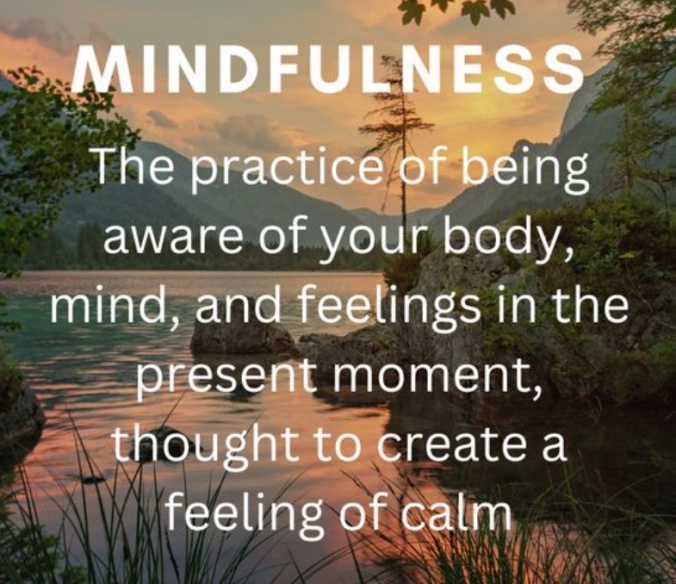Understanding Cognitive Behavioral Therapy (CBT)
When it comes to therapy and improving mental health, one of the most widely used and effective approaches is Cognitive Behavioral Therapy (CBT). This evidence-based method is popular for good reason—it’s practical, accessible, and works for a wide range of mental health concerns, including anxiety, depression, trauma, and more. But what exactly is CBT, and how does it help people make positive changes in their lives? Let’s break it down.
What Is CBT?
Cognitive Behavioral Therapy (CBT) is a type of therapy that focuses on the connection between your thoughts, feelings, and behaviors. The basic idea is that your thoughts influence how you feel and behave. If you can change your unhelpful thoughts, you can change the way you feel and act.
Imagine this: You have a thought, “I always mess things up.” That thought might lead to feelings of anxiety or sadness. Those feelings could then cause you to avoid challenges or give up easily, reinforcing the original negative thought. This is what therapists call a “negative cycle,” and CBT aims to break that cycle.
CBT helps you identify those unhelpful patterns, challenge them, and replace them with more realistic and constructive thoughts. It’s not about false positivity but about seeing things more clearly and responding in a healthier way.
How CBT Works
CBT is structured and goal-oriented, often involving sessions where you focus on specific issues. During these sessions, your therapist acts as a guide, teaching you how to become more aware of your thoughts and giving you tools to shift them. Here’s a closer look at some of the main components:
1. Identifying Negative Thoughts
The first step in CBT is learning to recognize unhelpful thoughts. These might be automatic thoughts that pop up without you even noticing them. A CBT therapist might ask you to keep a thought journal to track these patterns. For example, if you think “I’m not good enough,” your therapist will help you examine why that thought comes up and how it affects your emotions and behavior.
2. Challenging Negative Thoughts
Once you’ve identified a negative thought, the next step is to challenge it. Is it really true? What evidence do you have for or against this thought? A therapist might help you look at the situation from a different perspective, showing you how your mind can distort reality. For instance, the thought “I’m a failure” can be reframed as “I didn’t do well this time, but that doesn’t mean I’m a failure as a person.”
3. Replacing Negative Thoughts with Realistic Ones
After challenging negative thoughts, CBT encourages you to replace them with more balanced, realistic thoughts. For example:
– Negative Thought: “I’ll never get over this.”
– Realistic Thought: “This is really hard right now, but I’ve gotten through difficult things before, and I can learn how to cope.”
4. Behavioral Strategies
CBT isn’t just about changing your thinking—it’s also about changing your behavior. You might work on breaking avoidance habits, building new routines, or facing your fears step-by-step in a process called “exposure therapy.” For example, if social situations make you anxious, a therapist might guide you through gradual exposure to those situations until they become less overwhelming.
What Can CBT Help With?
CBT is versatile and can be used to address a wide variety of mental health challenges, including:
– Anxiety: CBT can help identify anxious thoughts and develop strategies to manage worry.
– Depression: CBT helps break the cycle of negative thinking and inactivity that can worsen depression.
– Trauma: CBT can be used to change negative thought patterns about past events and change the way they affect you emotionally in the present.
– Relationship Issues: CBT can improve communication and help couples understand how their thoughts impact their interactions.
– Stress: CBT provides tools for managing stress and finding healthier ways to cope.
Many people also use CBT to build general skills for emotional regulation, boost self-esteem, and improve overall mental well-being.
Why CBT Works
One of the reasons CBT is so effective is because it’s practical and hands-on. It gives you tools to shift your thinking. Research shows that CBT can lead to lasting change because it helps you develop new ways of thinking and behaving that become habits over time.
CBT also empowers you to be your own therapist. As you learn more about your thought patterns and how to change them, you become more capable of managing your mental health outside of therapy sessions. This sense of empowerment can be incredibly motivating, leading to greater self-confidence and a sense of control over your life.
Common Techniques Used in CBT
Here are a few specific techniques often used in CBT:
1. Thought Records
Thought records are a way of tracking your thoughts, emotions, and behaviors in response to specific situations. By quickly jotting them down, you can see patterns more clearly and begin to challenge those unhelpful thoughts.
2. Cognitive Restructuring
This is the process of questioning and changing your automatic negative thoughts. It’s about finding more accurate and balanced ways to think about situations.
3. Behavioral Activation
If you’re struggling with depression, behavioral activation involves scheduling enjoyable or meaningful activities to combat low motivation and help break the cycle of isolation or inactivity.
4. Exposure Therapy
For those with anxiety or phobias, exposure therapy involves gradually facing fears in a safe and structured way. This helps reduce fear over time and teaches your brain that the feared situation isn’t as dangerous as it seems.
5. Mindfulness Techniques
Mindfulness is often incorporated into CBT to help people stay grounded in the present moment. It encourages you to observe your thoughts without judgment, which can make it easier to challenge and change them.
What to Expect in a CBT Session
A typical CBT session lasts about 45-60 minutes. At the beginning, you and your therapist will discuss what’s been happening recently and review any patterns that you have noted from tracking in-between sessions. You and your therapist will strategize how you can continue to progress in-between sessions through things like creating a thought diary on your phone, practicing new behaviors, or trying out a relaxation technique.
CBT is collaborative, meaning you and your therapist work together to set goals and decide which strategies to use. This makes it a very active form of therapy—one where you play a key role in your own progress.
How to Get Started with CBT
If you think CBT might be helpful, you can start by finding a licensed therapist who specializes in this approach. Many therapists offer online therapy if meeting in person isn’t an option for you. During your first session, you’ll likely talk about what brings you to therapy and what you’d like to get out of it. Your therapist will help you set goals and create a plan for how to achieve them.
Is CBT Right for You?
CBT isn’t for everyone, and that’s okay. CBT is structured and goal-oriented. If you like practical strategies and want to see measurable progress, CBT could be a great fit. It’s also effective for teens and young adults who may benefit from a more concrete, skills-based approach.
Final Thoughts
Cognitive Behavioral Therapy is a straightforward, effective way to improve your mental health. By helping you understand the connection between your thoughts, feelings, and actions, CBT gives you the tools to make meaningful changes in your life. Whether you’re struggling with anxiety, depression, or just want to build better habits, CBT offers a practical path forward.
Remember, it’s not about becoming perfectly positive all the time—it’s about learning to respond to life’s challenges with a clearer, more balanced mindset. So, if you’re curious about CBT, consider reaching out to a therapist who can help you get started. You might be surprised at how quickly small changes in your thinking can lead to big changes in your life.






